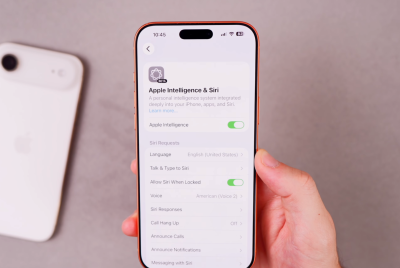Cisco's IOS XE Flaw: Could Attackers Gain Root Access to Your Systems?
A severe flaw in Cisco's IOS XE Software could let attackers execute remote commands with full system control.

A newly disclosed vulnerability in Cisco's IOS XE Software, labelled CVE-2025-20188, has triggered alarm across the cybersecurity community, but it also lays bare a deeper issue: the reliance of modern enterprises on complex digital infrastructure that can be critically undermined by a single flaw.
This critical vulnerability, which affects Wireless LAN Controllers (WLCs), allows remote attackers to upload malicious files and execute code with root-level privileges. Its potential for disruption is profound, particularly given the widespread use of the affected devices in enterprise, government, and education networks.
What Makes CVE-2025-20188 Particularly Dangerous?
The flaw stems from a hardcoded fallback JSON Web Token (JWT) secret—'notfound'—in backend Lua scripts used for file uploads. When the Out-of-Band AP Image Download feature is enabled, this weak fallback mechanism can be abused by attackers to generate valid JWT tokens without authentication.
Armed with these tokens, attackers can upload arbitrary files via HTTP POST requests to the /ap_spec_rec/upload/ endpoint. With path traversal techniques, they can place files in sensitive directories, eventually achieving remote code execution (RCE) and full system control.
The vulnerability, which Cisco gave a CVSS severity score of 10 out of 10, impacts devices including:
- Catalyst 9800-CL Wireless Controllers for Cloud
- Catalyst 9800 Series Wireless Controllers
- Embedded Wireless Controller on Catalyst Access Points
- Catalyst 9800 Embedded WLC for Catalyst 9000 Series switches
These devices form the backbone of wireless network infrastructure in many large organisations.
A Broader Infrastructure Dilemma
What's striking is not only the severity of the vulnerability but also how it reflects broader systemic risks. In recent years, security researchers have warned of the dangers of 'default trust' in network gear. In this case, a fallback authentication mechanism, meant as a fail-safe, has become the very entry point for attackers.
According to research from Horizon3, exploitation is fairly trivial: after uploading malicious scripts, attackers can overwrite configuration files monitored by services like pvp.sh, trigger reloads, and execute commands with elevated privileges.
This level of access can allow threat actors to pivot across networks, exfiltrate data, and deploy persistent malware—all from a single compromised controller.
Recommended Security Measures
Cisco has released patched firmware in IOS XE version 17.12.04 and urges all customers to upgrade without delay. However, many enterprises lag in patch adoption due to hardware compatibility concerns or bureaucratic inertia.
As a temporary workaround, Cisco recommends disabling the vulnerable Out-of-Band AP Image Download feature.
Security experts also advise:
- Isolating management interfaces from public access
- Auditing systems for unusual file uploads or unknown user accounts
- Using role-based access control and stronger authentication methods
These steps may reduce the immediate threat, but they do not erase the core concern: how to secure essential infrastructure that is, by design, difficult to replace or patch quickly.
CVE-2025-20188: A Test of Cyber Readiness
The exposure of CVE-2025-20188 is not just a technical failure—it's a stress test for how well organisations can respond to fast-moving cyber threats. It underscores a reality many CISOs already understand: resilience isn't built on tools alone, but on agility, awareness, and timely action.
For enterprises dependent on Cisco's WLCs, this incident is both a challenge and an opportunity to harden their systems before attackers exploit the cracks.
© Copyright IBTimes 2025. All rights reserved.




















